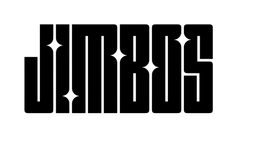The Truth About Water Pressure – Why Rinsing First Doesn’t Remove All the Dirt
You grab the pressure washer, blast the car top to bottom, and assume it’s clean. But is it?
The truth is, even high-pressure rinsing doesn’t remove bonded grime, road film, or microscopic particles. If you think rinsing is enough, you’re skipping the step that really makes a difference: foaming dry paint.
Pressure Can’t Break the Bond
Most dirt on your car is more than just loose dust—it’s stuck on with road oils, traffic film, and dried-on contaminants. Water alone doesn’t break that bond, no matter how strong the stream is.
That’s why many swirl marks and scratches come after a pressure rinse. You’re just loosening the dirt—then dragging it across the paint with a mitt or towel.
Foam Is What Actually Lifts the Dirt
Foaming dry paint gives your soap time to chemically break down grime and encapsulate particles. That means:
- Less dirt left behind after rinsing
- Less risk of scratches
- Cleaner results with less effort
Here’s the Right Process
- Skip the initial rinse.
- Foam dry paint using The Super Soaper or get it on Amazon.
- Let the foam dwell 5–7 minutes.
- Rinse it off—and watch dirt roll away.
- Follow with a contact wash using the Orange Wash Microfiber.
Lock In a Cleaner Surface for Next Time
After drying with the Massive Drying Towel, apply Tough As Shell Ceramic Spray or pick it up on Amazon.
This keeps future washes fast and safe by repelling grime before it bonds.
Watch the Foam Method Beat Water Pressure
FAQs
Can a pressure washer replace foam?
No. Pressure only removes loose debris. It doesn’t chemically break down bonded grime the way quality foam does.
Should I rinse before foaming?
Not necessarily. Foaming dry paint allows better cling and more dwell time, which lifts more dirt before contact.
Does foam really remove dirt better than pressure?
Yes. Foam lifts and suspends dirt chemically, while water pressure often leaves behind stuck-on grime and oils.



